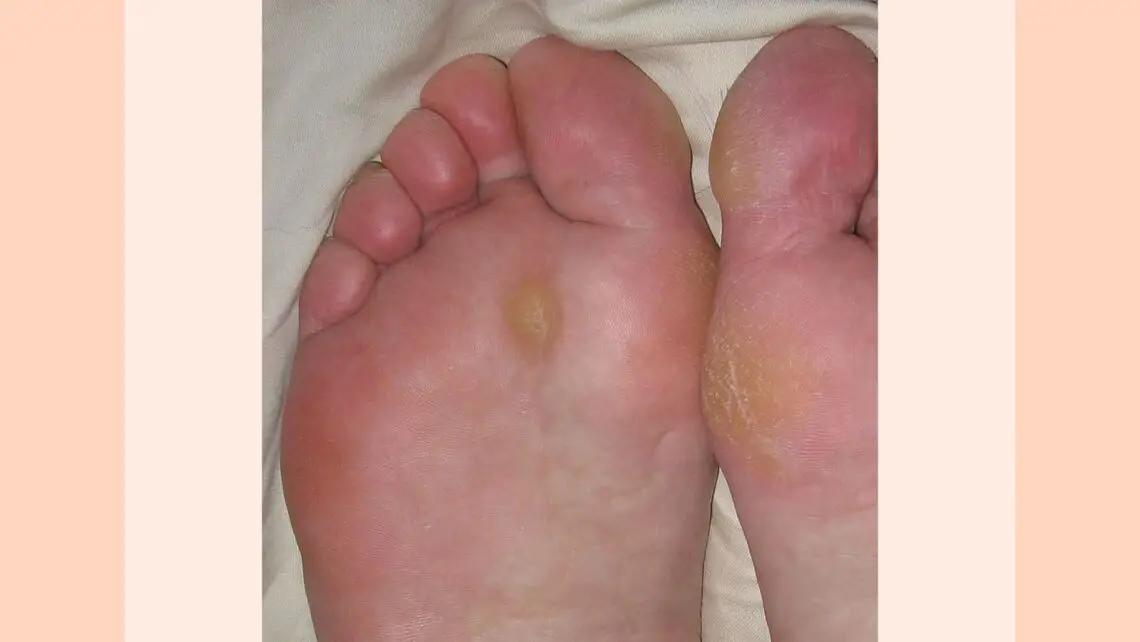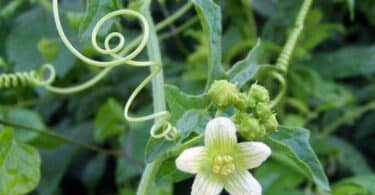Introduction: Here is a single case study of callous ulcer, which was cured by homoeopathic treatment. The scope of homoeopathic medicines and approach of therapeutic analysis for medicine selection after repertorisation was taken into consideration. The schedule of medicine dose and appropriate debridement with surgical dressing together helped to cure this case.
Callous ulcer is also termed a chronic non-healing ulcer, whose base contains pale unhealthy, flabby, whitish yellow granulation tissue and thin scanty serous discharge, often with copious serosanguinous discharge, with indurated non-tender edge. The base is indurated and often fixed. The ulcer does not show any tendency to heal and can last for months to years. It was a challenge for me to get good results in this case.
CASE RECORD
1. Preliminary Data
a) Name: Mrs. XYZ,
b) Age: 30 yrs
c) Sex: Female
d) Religion: Muslim
e) Marital Status: Married.
f) OP. No.:19/9051
g) IP No. : 19/471
h) Date of Admission: 14/10/2019, 1pm
2. Chief complaint
Patient presented with complaint of recurrent attacks of ulcer in the right foot for the past 5-6 months which increased in the last two weeks.
3. Details of chief Complaint
Patient was apparently well prior to 4 months ago. The initial occurrence started as cracks and it formed a deep wound on the right sole. It was treated under homoeopathy and cured within 2 weeks.
One month ago, the same thing repeated in the right heel and the swelling was present on the foot. It was painful only when pressed and it bled slightly, along with watery discharge. There was difficulty in walking with heaviness of foot.
4. Past History
a)Past Medical History – No history of D.M,
Hypertension or any other systemic illness
b)Past Treatment History
No history of any intake of medicine
c)Past Surgical History -none
d)Family History
Father: Amputed below the knee (both legs)
- One lower limb at the age of 13 and second 20 yrs ago.
- Presently admitted in hospital for amputating the right lower limb for malignancy.
5. Personal History
a) Diet: Mixed.
b) Appetite: Normal
c) Thirst: 5-6 glass of water
d) Bowel Habits: Regular, No constipation
e) Bladder Habits: 2-3 times /day
f) Cravings: fish2+
g) Aversions: Bringjal
h) Perspirations: Profuse on face & chest < slight exertion
i) Sleep: Good – Dreams: No peculiar dreams
j) Thermals: Hot i) Addictions: No addictions
k) Menstrual History: L.M.P:- 08/09/2019, Regular
6. Life Space Investigation:
Patient is of poor socioeconomic status. Husband is a coolie worker and she goes for beedi work. Married at the age of 20 and has3 children. She is anxious about financial problems and father’s illness. She is generally very jovial, pleasant, extrovert.
7. Examination:
a) General Physical Examination
- Normal build
- Appearance: well groomed, pleasant
- Oriented with time, place & person
- Disfigurement of both feet
- Pallor –present, oedema – pitting type on right foot, lymphadenopathy – palpable inguinal lymph nodes on right side.
- No signs of cyanosis, clubbing, icterus
- HEIGHT: 5 feet. WEIGHT: 64 kg
Vital signs:
- Temp:6o F B.P:120/80mm of Hg
- Pulse rate: 74 beats/min, regular rhythm, moderate volume & vessel wall not palpable.
b) Systemic Examination
Skin-Lower extremities
Right lower limb
- Inspection
- Swelling on the right leg
- 2 ulcers – one is on the heel & the other in great toe
- Ulcer on the heel: offensive smell, punched out & burrowed type
- Floor-unhealthy tissues, blackish-brown discharge
- Margins: Irregular
-great toe: small, round punched out ulcer with watery discharge
- Palpation
- Tenderness only while giving more pressure
- Insensitive to touch
- Size: 1.5cm * 1.5cm
8. Diagnosis:
a)Provisional Diagnosis
Callous ulcer
b) Differential Diagnosis
Callous ulcer
Traumatic ulcer
Tropical ulcer
c) Final Diagnosis
Callous ulcer
- Investigations Required – Complete blood count –
Hb -9.3gm/dl (14/10.2019)
9. Management
a)General management:
i) Auxiliary Measures:
- Maintain hygiene
- Elevation of right lower limb
- Use soft and comfortable fitting sandals
ii) Dietary Management: As patient is anaemic, she should have healthy diet with iron rich foods such as pomegranate, raggi, jaggery etc.
b) Homoeopathic Management:
1. Totality:
| Mental Generals | Physical Generals | Characteristics Particular
|
| Jovial
Extrovert
|
Cravings: fish2+
Perspiration<slight exertion Thermal- Hot |
Ulcer-heel(painless) with bleeding |
2.Reportorial rubrics
Synthesis repertory
- Cheerful
- Perspiration <exertion
- Extremities –ulcer, foot
- Skin-ulcer-bleeding
Result:
- Lachesis: 10/5
- Phos: 10/5
- alb: 9/4
- Nitric acid: 9/4
c) Prescription:
Rx,
Ars album 200
3-3-3 (3 pills three times a day)
Calc sulph 30 4-4-4 (4 pills three times a day)
Dressing is done with calendula ointment. (alternate days).
Discussion: As per reportorial analysis the first grade drug was Lachesis, but Arsenicum album was chosen because the presentation of ulcer was similar to arsenic features like foul smelling, blackish, ash coloured discharge, chronic tendency and repetition of same complaints.
On examination and while dressing it was noticed that even after poking forceps inside the ulcer there was no pain. Nor was there any discomfort seen on patients face, which was suggestive that it may turn into gangrene.
Arsenic also has a tendency to change into a gangrenous condition which has a terminal fate of amputation. Calcarea sulph is the choice to arrest and dissolve slough formation.
On considering the family history and hereditary tendency, Lachesis was kept as an intercurrent choice of remedy which proved to be excellent in further treatment.
- Follow up criteria:
- Size ii. Discharge of ulcer & slough iii. Granulation tissue formation
- Oedema v. Tenderness & bleeding vi. Recurrence. vii. New eruptions
G- Good; P- Present; N- Normal ; > – Reduced; < – Increased
| Date | Follow -Up | Prescription |
| 30/10/2019 | > > P > P – –
Generals: good
Dressing was done with calendula |
RX,
1) Ars. Alb 200 3-3-3 2) Cal. sulp 30 4-4-4
|
| Date | Follow -Up | Prescription |
| 11/11/2019 | > > < > P – –
Generals: good O/E ulcer reduced in size Granulation markedly increased Dressing done by cutting the fibrosed tissue borders Pain increased at the site as healthy granulation has formed within.
|
RX,
1) Ars. Alb 200 One dose daily 2) Cal. sulp 30 4-4-4 3) Lach 1M One dose 2 weeks
|
| Date | Follow -Up | Prescription |
| 21/11/2019 | > > < > P – –
Complaints are better generals: good O/E: Granulation tissue markedly increased, which is a good sign of the ulcer healing. Slight tenderness was felt with some bleeding of fresh bright red blood. Fibrous tissue on the margins was removed for easy wound healing.
|
RX,
1) Ars. Alb 200 One dose daily 2) Cal. sulp 30 4-4-4 3) Lach 1M One dose 2 weeks
|
- Conclusion:
Mrs. XYZ, female, 30 years of age presented with the complaint of callous ulcers in the right foot and was admitted in IPD (19/471) on 14/10/2019,1pm. She was prescribed Ars Alb 200, 3TDS and Cal. Sulp. 30 4TDS along with a dressing of calendula ointment.
Within three days from start of the treatment there was a drastic improvement in the ulcer. Mentally the patient was very happy and believed she was going to get cured with this medicine. That was a strong sign that suggested we were on the right path.
On 18/10/2019 patient was discharged and told to do dressing with calendula ointment and repeat the medicine as prescribed every day. Lachesis 1M, 1 dose was prescribed to be taken on 21/10/2019. Patient regularly did follow ups on 30/10/2019, 11/11/2019 and 21/11/2019 and recovered from this ulcer. This case has increased my confidence in treating such cases in the future.








Nice case. Can you please guide as to what was the need for interjecting Calcarea sulphuricum. The case presentation is clear syphlitic miasm ( also the family medical history syphlitic miasm) and Arsenicum being deep acting antimiasmatic should have alone taken care, according to me.
Calcarea sulphuricum was given as it has the capacity in dissolving the slough of wounds, as well as it works good in reducing the infection. Actually it is my research topic once the data is ready I may be in position to publish.